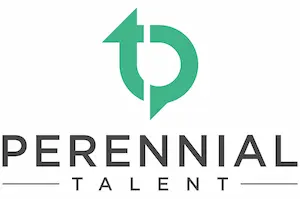Four Steps for How to Add Competencies to your HR Programs
Adding competencies to your hiring, onboarding, learning and development, career management or succession planning programs may feel overwhelming at times and seem like an impossible task. It doesn’t have to be. By following our four-step approach, you can ensure that your competency project is a complete success.
Competency Implementation Approach
When developing and integrating competencies into your HR programs, we recommend the following four steps:
1. Planning
During this step you will need to identify the project goals and what measures you will use to evaluate them (e.g., what will a successful project look like?). It is important to establish a project governance structure at the start of your competency HR project that outlines the roles and responsibilities of the various working groups and individuals. Like any other competency HR project, you will also need to develop a project plan and prepare a risk management plan. Part of your competency HR project involves changing how the organization approaches the management of your people, so it’s important to manage the people side of this change by developing a change management plan. How will employees and managers react to change and how can you anticipate and plan for these reactions? Finally, throughout every phase of your project, communication is the cornerstone and critical to the success of the project. A well-thought-out communication plan will help you to not only manage resistance but generate awareness and support for the project.
2. Identify Process and Tools
Competencies can be applied to any and all HR processes from selection to succession planning. Before you start using competencies, you will need to define the HR process that users will follow (e.g., what steps will your selection process have or what steps will employees and managers follow to identify and follow-through in terms of setting goals for learning and development). Once the process has been defined, you can identify the tools you will need to support your process. For example, if you were to use competencies to make better hiring decisions, you would need to identify the critical competencies needed for success (i.e., competency profile) and the interview questions or tests that you will use to measure these competencies.
3. Roll out and Maintain your Project
Once you have identified your process and tools, it is time to roll out your initiative. You will need to keep track of what is working and what needs to be improved so that you can maintain the momentum of your competency HR initiative. You will need an HR policy governing your project and tools such as guidebooks and training to ensure everyone understands the process and knows how to use the tools. You may also wish to pilot the change before rolling it out to the rest of the organization, so you can identify what is working and what needs to be changed.
4. Measure Success
After your initiative is up and running, you will want to start collecting data to measure its success. During the planning phase, you will have identified project goals and identified measures for evaluating the success of your competency HR project. Now, it is time to use those measures and see if your project is on track and identify any potential program changes.
By following these four steps, you will make your competency HR project not only more manageable but also successful.


